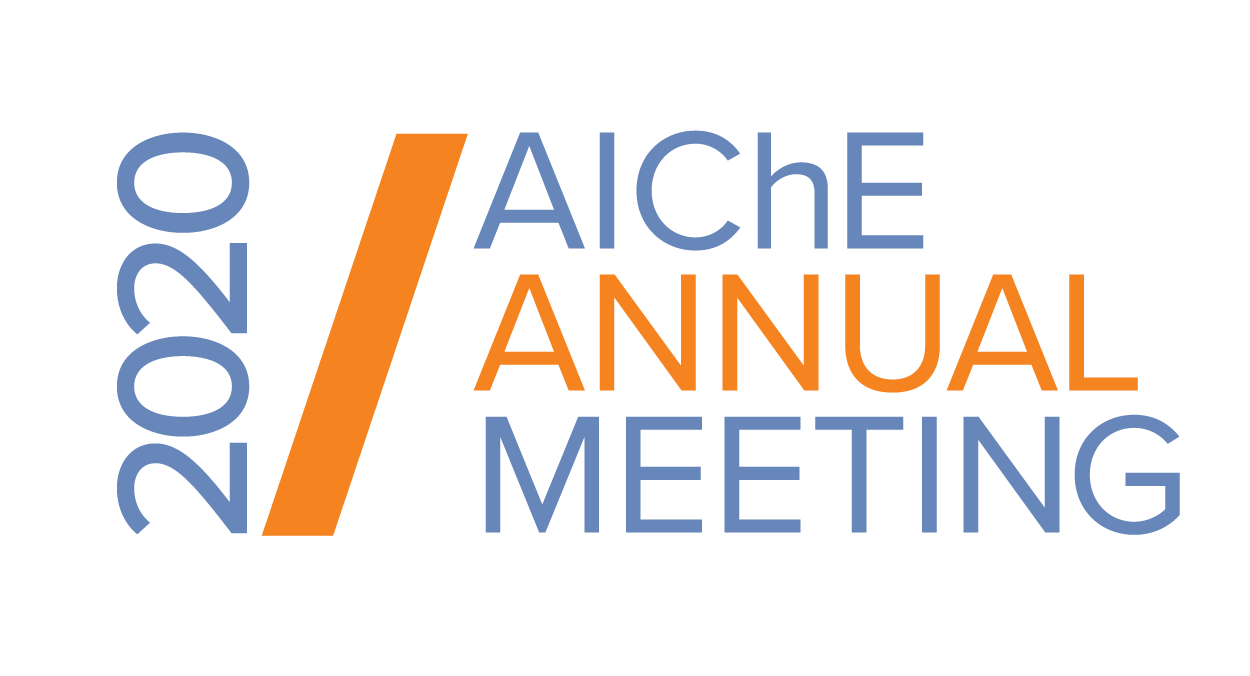

To enable efficient VOCs removal from air, the omnipresence of moisture must first be addressed by means of a systematically developed hydrophobic surface modification. Attempted strategies to improve hydrophobic character of MOFs include functionalising the MOF with fluoro-based linkers [5], co-synthesizing them with hydrophobic materials [6] or via an interfacial assembling pathway [7]. However, most reported methods are not suitable for industrial scalability. Therefore, by using a facile modification method, we will demonstrate that rationally designed MOFs have the upper hand for atmospheric VOCs capture over carbon-based adsorbents. Preliminary experiments indicate almost complete porosity retainment after the MOF has been modified.
To assert a realistic assessment, investigations will cover the sorptive behaviour of an environmentally benign MOF alongside its hydrophobically modified version towards a mixture of harmful representative airborne pollutants at ambient conditions (single species and competitive adsorption with co-existing pollutants), relative performance under varying humidity, desorption, breakthrough and dynamic reusability studies. Besides, the resulting water-repellent feature renders the modified MOF suitable for VOCs adsorption from aqueous phase systems too as supported from our ongoing experimental data. The outcomes from this in-depth materials characterization and development will provide excellent MOF protection from moisture and harsh operating conditions while offering a practical solution to many plaguing environmental issues.
Reference:
- Xie L-H, Liu X-M, He T, Li J-R. Metal-organic frameworks for the capture of trace aromatic volatile organic compounds. Chem, 2018, 4(8): 1911–1927
- Kim K-H, Szulejko J E, Raza N, Kumar V, Vikrant K, Tsang D C W, Bolan N S, Ok Y S, Khan A. Identifying the best materials for the removal of airborne toluene based on performance metrics-A critical review. Journal of Cleaner Production, 2019, 241: 118408
- Sühnholz S, Kopinke F-D, Weiner B. Hydrothermal treatment for regeneration of activated carbon loaded with organic micropollutants. Science of The Total Environment, 2018, 644: 854–861
- Vellingiri K, Kumar P, Deep A, Kim K-H. Metal-organic frameworks for the adsorption of gaseous toluene under ambient temperature and pressure. Chemical Engineering Journal, 2017, 307: 1116–1126
- Yang C, Kaipa U, Mather Q Z, Wang X, Nesterov V, Venero A F, Omary M A. Fluorous metal-organic frameworks with superior adsorption and hydrophobic properties toward oil spill cleanup and hydrocarbon storage. Journal of the American Chemical Society, 2011, 133(45): 18094–18097
- Karikkethu Prabhakaran P, Deschamps J. Doping activated carbon incorporated composite MIL-101 using lithium: Impact on hydrogen uptake. Journal of Materials Chemistry A, 2015, 3(13): 7014–7021
- Zhang F, Sang X, Tan X, Liu C, Zhang J, Luo T, Liu L, Han B, Yang G, Binks B P. Converting Metal-Organic Framework Particles from Hydrophilic to Hydrophobic by an Interfacial Assembling Route. Langmuir, 2017, 33(43): 12427–12433

